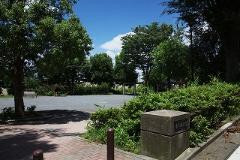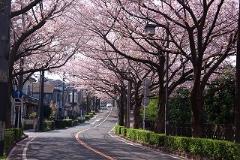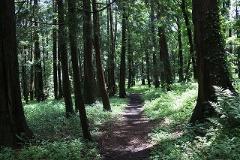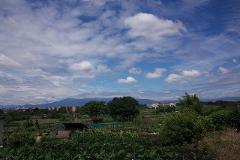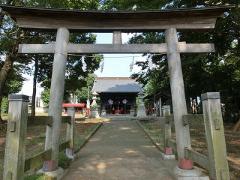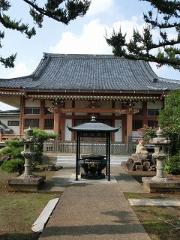Here's the text.
Green Forest Course
Last Updated April 10, 2020
There is a promenade of beautiful scenery throughout the four seasons, the Musou Koku border road (Nokai road), and the Seya citizen's forest with the largest forest in Seya and the headwater of the Izumi River. This is a short course where children can enjoy forest bathing in quiet nature and experience the deep history of the ancient battlefields of the Middle Ages in Hara, Seya.
Takesou Koku border and Green Forest Course Map
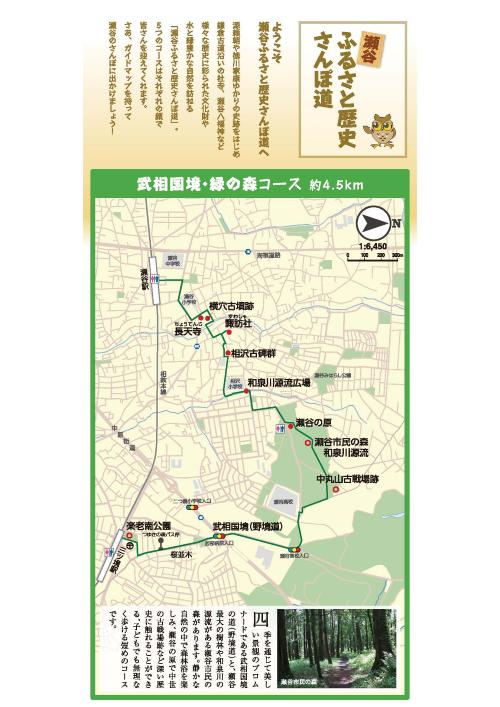
Highlights of the Green Forest Course
| Name of historic sites, etc. | Information |
|---|---|
| Rakuro Peak (Rakuro South Park) | In the old days, it was called Mt. Mi Yako, and was built as a wolf stand or a watch stand.
|
| Musou country border (No border road) | It is called Nokaido because it passes through the border between Sagami and Musashi. It is said that it was an ancient road that leads from Gokanme through Naka Maruyama, Seya Citizen's Forest, Akuwa to Kanazawa Ward.
|
| Seya Citizen's Forest | Opened in April 1976 (1976). It is part of the forest area extending on the border with Asahi Ward and is the largest forest park in the ward.
|
| Mr. Hara of Seya | Refers to the area where the current Kamiseya communication facility and the prefectural Hosoyado Heights are located.
|
| Suwa Shrine | The origin of the shrine is unknown. It is said that Yoritomo Minamoto lost in the battle of Mt. Ishibashi in August 1180 (1180), fled to Boso, tried to restart, gathered his troops and stayed overnight at this company the night before entering Kamakura on October 6.
|
| Chotenji Temple | It was founded in 1394 in the Muromachi period (1394). The shrine of Dharma Daishi is enshrined, and in addition to the stone Buddha of Dharma Daishi, there is a temple dedicated to the sericulture god built in the Edo period.
|
You may need a separate PDF reader to open a PDF file.
If you do not have it, you can download it free of charge from Adobe.
![]() To download Adobe Acrobat Reader DC
To download Adobe Acrobat Reader DC
Inquiries to this page
Seya Ward General Affairs Department Regional Promotion Division Residents' Cooperation Promotion Section
Telephone: 045-367-5694
Telephone: 045-367-5694
Fax: 045-367-4423
Email address: se-kyoudou@city.yokohama.jp
Page ID: 412-122-069










